Period:Qing dynasty Production date:1700-1722 (circa)
Materials:porcelain
Technique:glazed, painted, underglazed,
Subjects:heraldry
Dimensions:Diameter: 30.70 centimetres (base) Diameter: 31.70 centimetres (lid) Height: 37.80 centimetres (base+lid) Height: 19.90 centimetres (base) Height: 18.60 centimetres (lid)
Description:
Polychrome painted tureen and cover with a Portuguese coat of arms. The large, heavily potted bowl has a high foot and a wide bell-shaped cover (with replaced knob); above the foot is an unglazed band. The piece is painted in underglaze blue and red, green, some aubergine and black enamels and gilding with formal arabesque scrollwork, which on the bowl is symmetrically arranged around a coat of arms on either side, and on the cover around a gilt monogram. Inside the bowl is a similar arabesque border with fruit festoons below the rim.
IMG
![图片[1]-punch-bowl BM-Franks.734.a-China Archive](https://chinaarchive.net/Qin dynasty/Ceramics/mid_00357536_001.jpg)
![图片[2]-punch-bowl BM-Franks.734.a-China Archive](https://chinaarchive.net/Qin dynasty/Ceramics/mid_00356877_001.jpg)
Comments:Harrison-Hall and Krahl 1994:The coat of arms which is surmounted by an animal under a coronet and supported by a grotesque mask, appears also on other similarly decorated pieces (e.g. Lunsingh Scheurleer, 1966, pl. 99) as well as on services with different decoration (de Castro, 1993, p. 70; Howard and Ayers, 1978, vol. II, pls. 457 and 457 a ). It has been identified as belonging to D. Luis Peregrino de Ataide (1700 – 1755), Counsel to the Portuguese King John V, who married in 1720, when the present tureen may have been made. The initials have been interpreted accordingly, as ‘L’ and ‘A’. This scrollwork decoration which ultimately goes back to designs by the influential French artist and decorator Jean Berain (1640 – 1711), was in the early 18th century used in virtually every medium, for decorating rooms, objects, fabrics, books, etc. On Chinese porcelain such decoration appears to have been popular particularly in Portugal. It also appears in the ‘famille rose’ palette – with additional rose – pink enamel and with a blue enamel replacing the underglaze blue – on various other heavily potted pieces in faience shapes, with other Portuguese arms (e.g. de Albuquerque, 1993, p. 60; de Castro, 1988, pp. 88 – 9). On account of heraldic inconsistencies, the present arms have, however, also been attributed to the Italian family Marini (Howard and Ayers, 1978, vol. II, pp. 450 -51).
Materials:porcelain
Technique:glazed, painted, underglazed,
Subjects:heraldry
Dimensions:Diameter: 30.70 centimetres (base) Diameter: 31.70 centimetres (lid) Height: 37.80 centimetres (base+lid) Height: 19.90 centimetres (base) Height: 18.60 centimetres (lid)
Description:
Polychrome painted tureen and cover with a Portuguese coat of arms. The large, heavily potted bowl has a high foot and a wide bell-shaped cover (with replaced knob); above the foot is an unglazed band. The piece is painted in underglaze blue and red, green, some aubergine and black enamels and gilding with formal arabesque scrollwork, which on the bowl is symmetrically arranged around a coat of arms on either side, and on the cover around a gilt monogram. Inside the bowl is a similar arabesque border with fruit festoons below the rim.
IMG
![图片[1]-punch-bowl BM-Franks.734.a-China Archive](https://chinaarchive.net/Qin dynasty/Ceramics/mid_00357536_001.jpg)
![图片[2]-punch-bowl BM-Franks.734.a-China Archive](https://chinaarchive.net/Qin dynasty/Ceramics/mid_00356877_001.jpg)
Comments:Harrison-Hall and Krahl 1994:The coat of arms which is surmounted by an animal under a coronet and supported by a grotesque mask, appears also on other similarly decorated pieces (e.g. Lunsingh Scheurleer, 1966, pl. 99) as well as on services with different decoration (de Castro, 1993, p. 70; Howard and Ayers, 1978, vol. II, pls. 457 and 457 a ). It has been identified as belonging to D. Luis Peregrino de Ataide (1700 – 1755), Counsel to the Portuguese King John V, who married in 1720, when the present tureen may have been made. The initials have been interpreted accordingly, as ‘L’ and ‘A’. This scrollwork decoration which ultimately goes back to designs by the influential French artist and decorator Jean Berain (1640 – 1711), was in the early 18th century used in virtually every medium, for decorating rooms, objects, fabrics, books, etc. On Chinese porcelain such decoration appears to have been popular particularly in Portugal. It also appears in the ‘famille rose’ palette – with additional rose – pink enamel and with a blue enamel replacing the underglaze blue – on various other heavily potted pieces in faience shapes, with other Portuguese arms (e.g. de Albuquerque, 1993, p. 60; de Castro, 1988, pp. 88 – 9). On account of heraldic inconsistencies, the present arms have, however, also been attributed to the Italian family Marini (Howard and Ayers, 1978, vol. II, pp. 450 -51).
© Copyright
The copyright of the article belongs to the author, please keep the original link for reprinting.
THE END
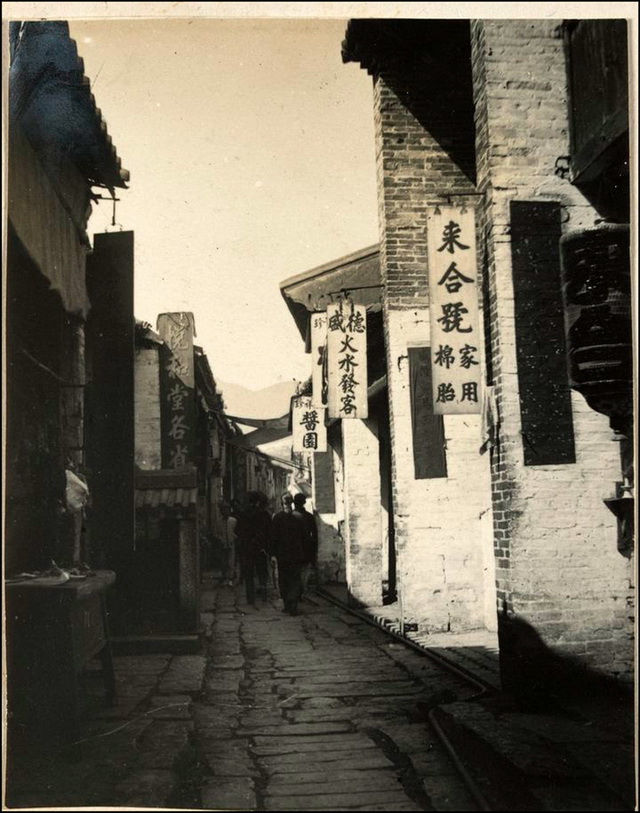
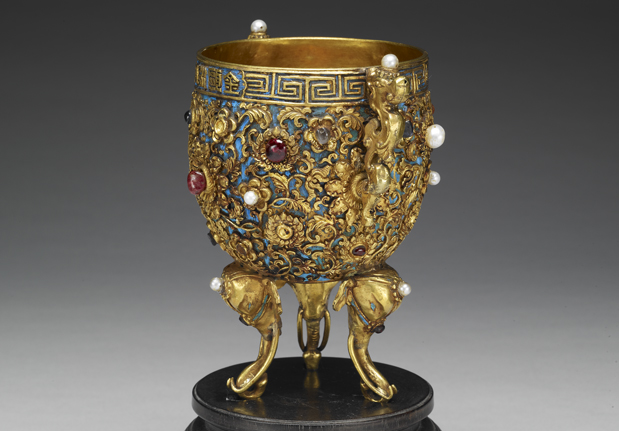
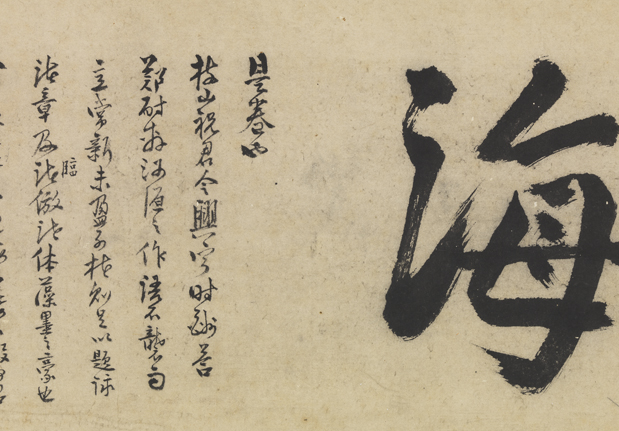
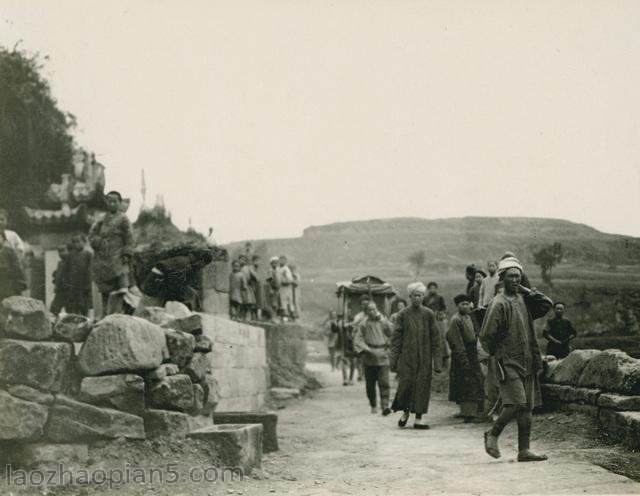
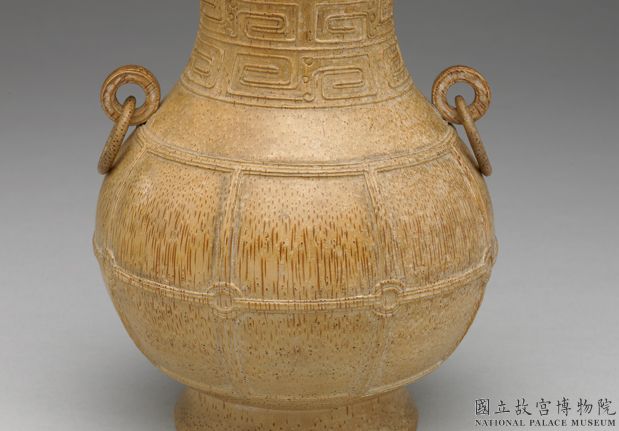
![[Qing Dynasty] British female painter—Elizabeth Keith, using woodblock prints to record China from the late Qing Dynasty to the early Republic of China—1915-China Archive](https://chinaarchive.net/wp-content/uploads/2022/11/image-191x300.png)